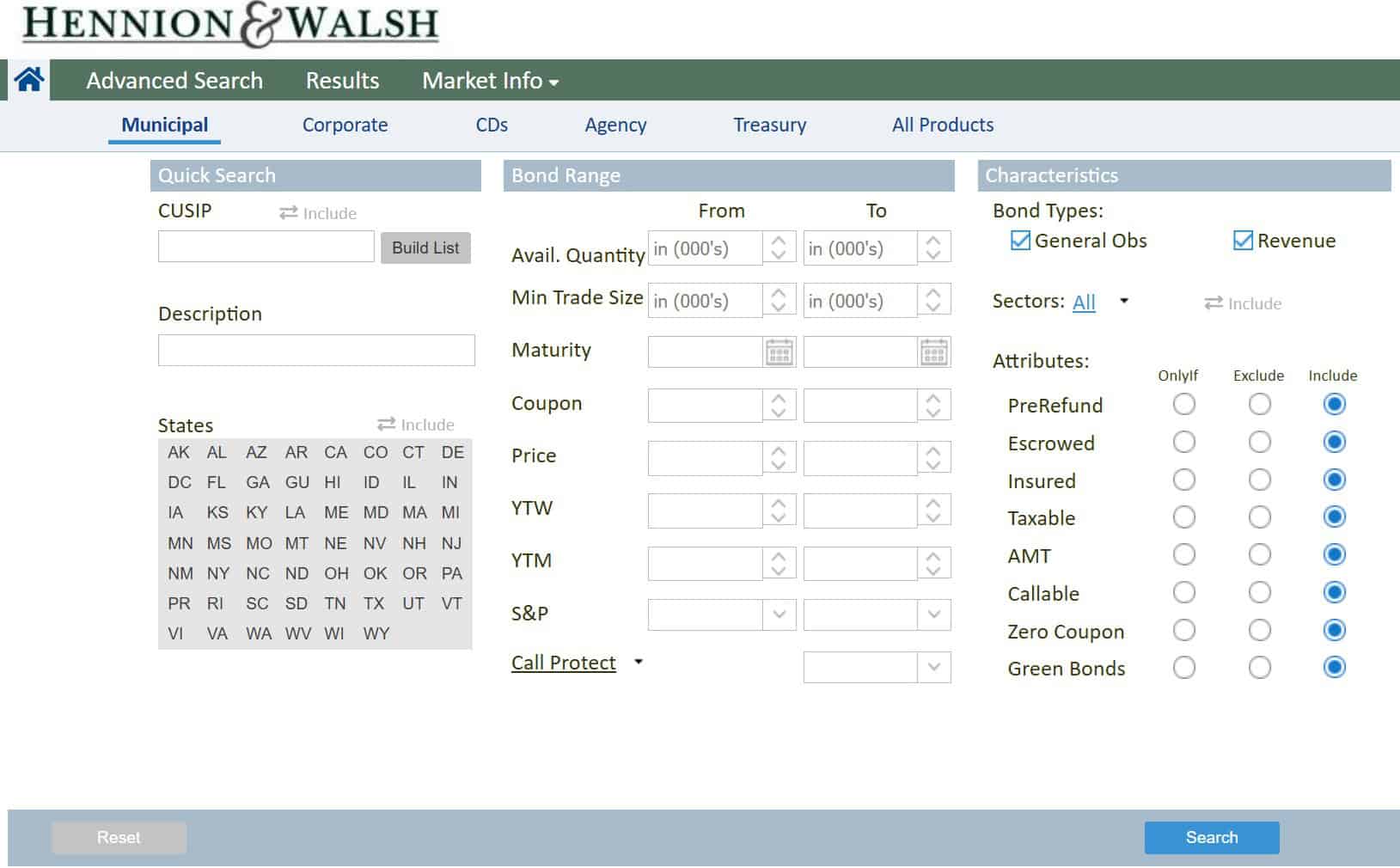
Adapting to Market Volatility: A Comprehensive Guide
Market volatility is much like navigating through a rapidly shifting storm at sea, where waves unexpectedly surge. Every bout of market volatility carries opportunities cloaked in uncertainty; embracing these can bolster your financial acumen and resilience.
Understanding Market Volatility
Market volatility represents the frequency and magnitude of price movements within financial markets. These fluctuations can be triggered by economic data, geopolitical events, or unexpected news.
Volatility isn’t inherently negative; it adds vibrancy and dynamism to markets.
When faced with unexpected market conditions, volatility allows investors to leverage short-term price variations. It opens doors for strategic positioning, enhancing, and diversifying one’s investment approach.
Understanding these changes is crucial for navigating the stormy seas of a fluctuating market. It is not simply about weathering the storm, but about capitalizing on its opportunities. By redefining the “waves” of volatility, investors transition from being reactive to proactive participants.
Causes of Market Volatility
Market volatility arises from various dynamic elements that mold the landscape of financial markets in multifaceted ways.
Economic indicators like job reports, interest rates, and inflation figures can significantly shift market sentiment. In 2016, Brexit, a pivotal geopolitical event, exemplified how unexpected political shifts spurred widespread market fluctuations, altering investor strategies and market outlooks.
Similarly, it’s not only major events that create volatility; even subtle changes in economic conditions or corporate earnings projections can tip the scales, causing ripples that may evolve into more pronounced market movements.
Technological advancements and algorithmic trading further contribute to market variability, swiftly executing trades that amplify market reactions, thus reshaping the financial environment with increased speed and unpredictability.
Acknowledging these causes arms investors with the knowledge needed to navigate uncertainty with foresight and poise.
Historical Examples of Market Volatility
Market volatility has been a recurring element throughout history, often driven by unforeseen global events and economic phenomena that serve as powerful reminders of the market’s dynamic nature. The Great Depression stands out as a stark reminder of the impact of extreme volatility.
Similarly, the stock market crash of 1987, known as “Black Monday,” exemplified how (then) emerging technological advances exacerbated sudden market downturns. Subsequent to that, the dot-com bubble showcased how speculative exuberance could lead to extreme volatility and significant financial corrections.
More recently, the 2008 financial crisis, precipitated by the housing bubble’s burst, demonstrated how underlying economic vulnerabilities could spark profound market volatility affecting economies globally.
Overall, each of these events enriches investors’ understanding of volatility’s inherent nature, fostering a mindset of resilience and informed preparedness essential for navigating future uncertainties.
The Impact of Volatility on Investments
Market volatility, while appearing daunting, underscores the investor’s potential for both growth and resilience.
In essence, stock prices can experience dramatic fluctuations as external (and internal) factors contribute to investors’ responses, which may turn optimistic or skeptical depending on unfolding circumstances. This creates opportunities to strategically reposition assets or enter markets at favorable points.
Terms like “high-risk” and “long-term” gain significance as investors adapt to the ‘new normal’.
Effects on Stock Markets
Volatility plays a dynamic role—oscillating prices can shift investor sentiment and market momentum overnight. Historical data shows that 80% of significant stock market recoveries occur within three years.
As uncertainty ripples through stock markets, seasoned investors seize the heightened activity as a prime opportunity to reassess portfolios. The ability to adapt strategies in response to rapid changes can transform potential drawbacks into paths for growth and diversification.
Embracing the challenge of volatility—viewing it as a catalyst rather than an obstacle—empowers professionals to refine their acumen, anticipate shifts, and harness the potential for future gains.
Effects on Other Financial Instruments
The influence of market volatility extends far beyond stocks, creating ripples across various financial instruments.
- Bonds: Market turmoil can drive investors to safer assets, increasing bond demand and influencing yields.
- Currencies: Fluctuations often affect exchange rates, impacting international investments and economic stability.
- Commodities: Prices can shift swiftly, driven by changing investor perceptions of market risks and rewards.
- Derivatives: These tools provide dynamic strategies to hedge against or capitalize on volatility.
To navigate these shifts, a diversified approach and strategic foresight are essential for maintaining stability. By focusing on adaptability and learning, investors can position themselves to seize emerging opportunities across all financial landscapes.
Strategies to Manage Market Volatility
Navigating through volatile markets requires unwavering focus, strategic planning, and an embrace of adaptability as you steer toward your financial goals.
First and foremost, in times of market volatility, it is imperative to maintain a diversified portfolio. By spreading investments across various asset classes, you mitigate risk, allowing one sector’s downturn to be offset by another’s upswing. This strategy not only preserves capital but also positions you to capitalize on unforeseen market dynamics effectively.
Furthermore, adopting a long-term perspective can alleviate the stress associated with daily market fluctuations. Instead of reacting to short-term movements, align your focus with your overarching financial goals, which remain steadfast even amid uncertainty.
Finally, remain open to continual learning and reassessment of your investment strategies in response to evolving market conditions. With a foundation rooted in solid research and fundamental analysis, embrace new information and insights, allowing them to refine your approach. By doing so, you empower yourself with confidence and the ability to adeptly navigate pathways to sustained financial success.
Diversifying Your Investment Portfolio
Diversifying your investment portfolio is paramount in navigating market volatility. This not only cushions your assets against unpredictable market shifts, but also enhances resilience.
Allocating assets across diverse sectors fortifies your portfolio. It significantly reduces exposure to isolated downturns.
By investing in a wide array of asset classes, you create a balancing effect that cushions against market disruptions. This includes a blend of equities, bonds, real estate, and other alternative investments, increasing the probability of stable returns despite economic turbulence.
This proactive approach nurtures resilience and provides you with the peace of mind that comes with a robust and varied asset base. As the adage goes, “don’t put all your eggs in one basket,” and through diversification, your path to financial stability becomes clearer and more attainable.
Emotional Discipline During Market Volatility
In the whirlwind of market volatility, maintaining emotional discipline becomes your steadfast anchor. How can you stay anchored when the currents of uncertainty swirl around?
In 2016, a Nobel laureate, a prominent behavioral economist, championed the critical need for emotional discipline amid chaotic markets, asserting that your investment strategy’s robustness is only as strong as your capacity to stay balanced.
To that end, it’s not merely about suppressing emotions but channeling them wisely. The ability to shift from reactive to reflective thinking can transform how you perceive and respond to market fluctuations, ensuring strategic decisions under pressure.
Understanding the nature of your emotions and their impact on decision-making fortifies your professional and personal growth. By embracing mindfulness, you learn to navigate fears that arise, leveraging market turbulence as an opportunity for strategic refinement and renewed focus.
Emotional discipline transforms apprehension into a calculated calm, paving the way for perseverance and insightful investment choices.
Leveraging Volatility for Opportunities
Market volatility can often be seen as a daunting challenge; however, those with vision know it’s a catalyst for growth and innovation.
Investors should view these unpredictable times as unique chances to seize fresh prospects.
Such dynamics present a fertile ground for identifying undervalued assets that might be poised for a rebound, facilitating a cycle of strategic positioning where foresight, agility, and awareness of broader trends align.
The seasoned investor understands that fortunes are made in challenging times. By maintaining a forward-thinking mindset, you position yourself not only to take advantage of existing market inefficiencies but also to tap into emerging trends and disruptive industries. As Shakespeare said, “Fortune favors the bold,” encouraging decisive action and thoughtful risk-taking.
Expert Tips for Navigating Volatile Markets
Solid strategies can spark stable success.
First, cultivate an investor mindset that thrives in change. Your success depends on how you adjust to the ever-changing realities of financial markets, guiding you to assess potential risks accurately. Simultaneously, focus on the art of staying grounded as you navigate tides that otherwise might unsettle less-prepared investors.
Seek wisdom from a financial professional to weather uncertainty.
One key strategy for navigating volatility is diversification. While it may not shield you from all losses, it is a powerhouse that mitigates risk – a source of stability amid seductively tempting market swings.
Embrace volatility as a nature of investing, interpreting fluctuations as natural occurrences within the grander economic cycle, not as signals of impending disaster. This perspective empowers you to move forward with informed decisions, ultimately allowing you to keep your eyes on the long-term vision while adjusting strategies to optimize results.
Tools and Resources for Tracking Volatility
Invest in knowledge to manage volatility.
Advanced analytical tools continuously evolve to meet these needs. They serve as beacons in the financial storm, illuminating pathways through which uncertainty can be deftly navigated. Furthermore, subscribing to the right platform offers access to essential financial indicators and deeply detailed analyses of market movements.
Utilizing these resources can offer strategies that enhance stability.
These tools range from sophisticated algorithms, designed to not just process enormous volumes of data but to also deliver predictive insights in real-time – to more traditional market tracking applications.
Selecting the right resources for your strategy, including leveraging historical data from reputable sources, will arm you with the knowledge to make confident, informed decisions. Current technology empowers investors like never before, enabling access to vital insights and analytical depth necessary for crafting well-founded strategies in the face of market unpredictability.
This commentary is not a recommendation to buy or sell a specific security. The content is not intended to be legal, tax or financial advice. Please consult a legal, tax or financial professional for information specific to your individual situation. Investing involves risk including possible loss of principal. Past performance is no guarantee of future results. Diversification does not guarantee a profit or protect against loss.




